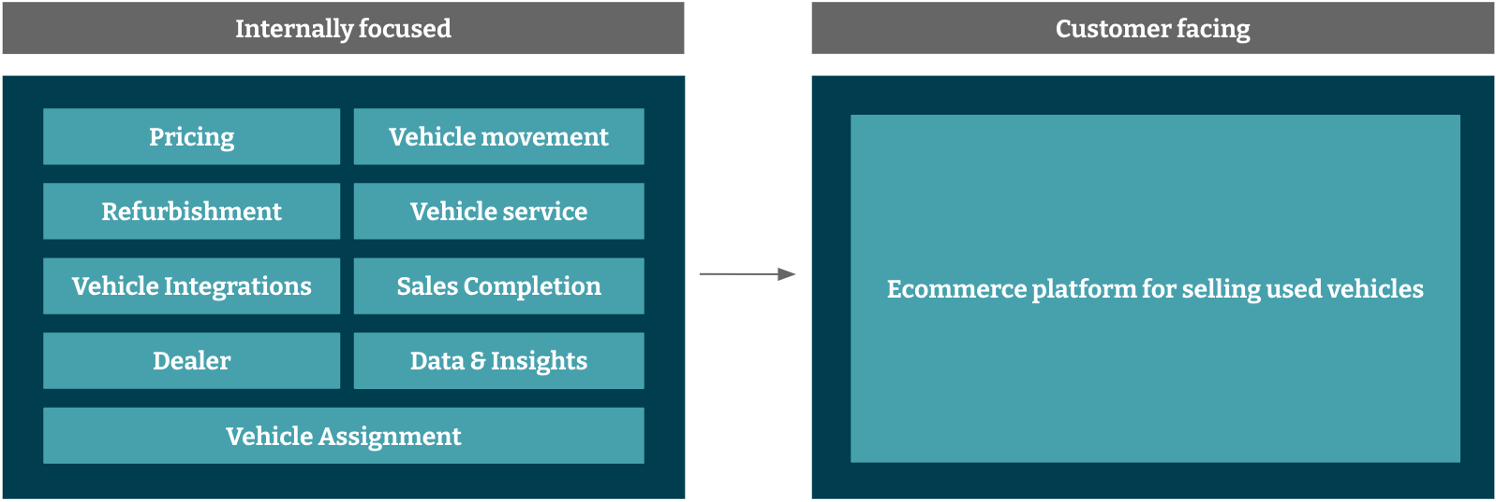“A brand is defined by the customer’s experience. The experience is delivered by the employees” — Shep Hyken
Organizations are always striving to enhance their customer experience while driving efficiencies in their operations. One key way to achieve this is by focusing on employee experience and internal products. These internal products are tools, systems or processes used by employees to support various business activities. For employees to be engaged and provide the best customer experience, it’s critical to have a well-defined product strategy for internal product initiatives.
However, in most organizations, internal product teams don't get the same attention as customer-facing product teams. The main reason behind this is vague value propositions that cause the inability to achieve product-market fit. To address this issue, organizations need to create a shift in perspective where employees are seen as customers. This will enable the application of product strategies used for customer-facing products to internal product initiatives.
The impact of internal products
A recent Thoughtworks client project involved reimagining several internal products that supported an e-commerce platform for selling used vehicles. Applying product thinking to the development of these internal products resulted in a notable increase in employee engagement and improvement to business process efficiencies.


For example, the former pricing process involved various time-consuming, manual and complex calculations to estimate the final price for a used vehicle. However, with the new pricing product we delivered, pricing analysts working on the internal pricing team could swiftly calculate vehicle prices and update them in the eCommerce platform. The new product helped them to stay on top of market demand fluctuations and maximize revenue for the organization.
Alongside this, new vehicle product teams could promptly publish comprehensive and precise vehicle information in their e-commerce platform. This ensured that customers would have all the relevant information they needed before purchasing. Similarly, numerous internally-focused product teams worked together to deliver the overall experience in the customer-facing e-commerce platform, leading to improved customer satisfaction and cost and effort savings.
Building valuable internal products
The positive impact of better internal products on the employee and customer experience is clear. But how do you develop better internal products? Here are some aspects to consider:
Purpose and Impact
In most organizations, internal products are developed in silos with short-term thinking as opposed to focusing on long-term value creation. The following approaches can help mitigate this:
Visualize the value stream: Efforts to visualize the end-to-end value delivery for internal products will help identify pain points from a broader perspective and develop valuable improvements.
Assess internal product-market fit: Is product-market fit applicable to internal products? The answer is yes. It’s vital to assess the demand for internal products within the organization. As much as we involve customers in developing a customer-facing product, we must involve employees and co-create internal products with them.
Evolve gradually: Avoid a “big bang” approach to internal product development. Measuring and gathering feedback while iteratively developing the MVP (Minimum Viable Product) to scale will ensure that it meets the needs of employees and provides the intended value.
Commercialisation: Once the product-market fit is established and employees start deriving value from it, identify whether there are opportunities to scale and commercialize the internal product to a wider market outside your organisation.
People and mindset
As organizations scale, driving alignment across teams becomes a challenge. Rapid vertical scaling of teams can easily lead to feature factories without a clear purpose. The following recommendations can help address this challenge:
Cultivate a product engineer mindset: Facilitate the transition from software developers only concerned with the how to product engineers engaged with the why. Product engineers develop their instincts through repeated cycles of learning.
Review team and organizational structure: Conway’s law states that organizations tend to develop software systems that reflect their communication structure. If Conway's Law applies to the organization, explore the adoption of team topologies to optimize team interactions and reduce the cognitive load on internal product teams.
Promote reusability: Product engineers who understand the broader organizational purpose behind their day-to-day efforts can help develop reusable assets that drive synergies across business units. This will result in substantial cost and effort savings for the organization.
Summary
To define a clear value proposition for internal product initiatives, organizations must work backwards from desired business outcomes and customer experience. When internal products are developed with a clear purpose, they can drive better employee experience and lead to superior customer experience. It’s therefore essential to prioritize the development of valuable internal products that align with the organization's goals and enable employees to build and develop exceptional product experiences for customers.


Disclaimer: The statements and opinions expressed in this article are those of the author(s) and do not necessarily reflect the positions of Thoughtworks.


















